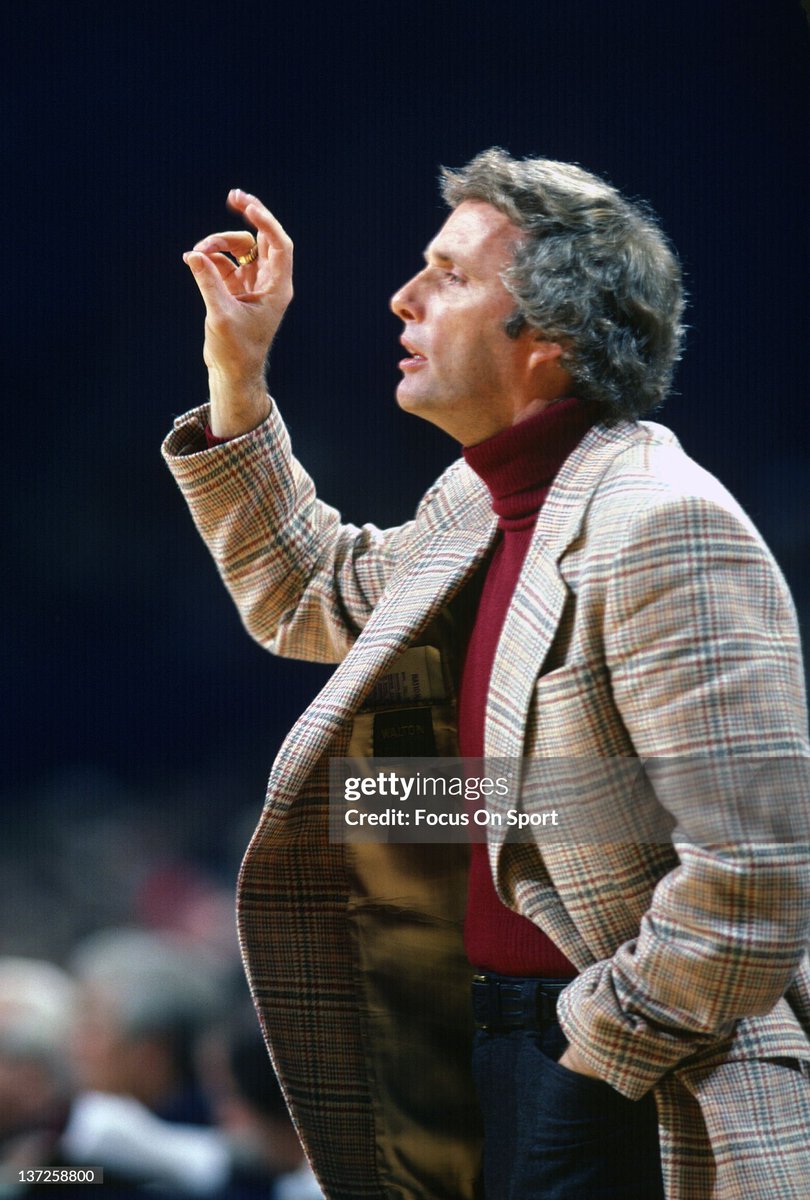Since my tweet about Jeff Bezos, I've been getting a lot of replies such as these. "Where do these dress rules come from?" "When do they change?"
These are very good questions, so let me answer them. 🧵
These are very good questions, so let me answer them. 🧵

Let's first run through some experiments. Please make up your mind at each step, so you are not influenced by what I'm about to say.
Here are two men wearing tailored jackets with jeans. Which do you think looks better?

Here are two men wearing tailored jackets with jeans. Which do you think looks better?


If you choose the right side of each set, then we have the same taste. But why do we think these outfits look better?
IMO, the answer has to do with fashion history.
IMO, the answer has to do with fashion history.
Back when men's wardrobes were divided by city and country, men wore slick suits to do business in London and more rustic tweeds for sport or leisure in the country. Thus, if you wear a tailored jacket with jeans, it helps to select a more casual or rustic sport coat. 



In this way, you reduce the formality between the jacket and pants, which can otherwise look like a sartorial mullet. A smooth, grey suit jacket cries out for the pants. But a tweed sits comfortably alongside jeans because both pull from similar cultural history. 



Similarly, black tie can require some kind of waist covering — cummerbund, dress waistcoat, or a single breasted jacket — depending on the cut and details of your rig. You want to prevent the flash or shirting that can appear beneath a single-breasted coat's buttoning point. 



In this way, you maintain the integrity of the line between the jacket and pants, making the suit appear as one harmonious whole. A waist covering can be especially important if your formal shirt has a bib, as you don't want the bottom of the bib to show. 



Finally, skinny black jeans make sense with black leather jackets and boots because of the history of 1970s and 80s punk and rock 'n roll. They don't make sense with a tailored jacket because you're mixing together two fashion histories. 



However, it's true that culture isn't static. So how do things change?
One way is when people with cultural capital create a new language. Pinstripe suit jacket doesn't traditionally go with bootcut jeans, but Lenny Kravitz is very high in cultural capital, so he looks cool.
One way is when people with cultural capital create a new language. Pinstripe suit jacket doesn't traditionally go with bootcut jeans, but Lenny Kravitz is very high in cultural capital, so he looks cool.
The actual *meaning* of the item can also change or, at least, become layered. During the Vietnam War, US military jackets and fatigues were worn both by troops fighting abroad and people back home protesting US foreign policy. 



In a 2015 NYT article, Troy Patterson noted that the US military field jacket has become "the shell of a loner (Robert De Niro in “Taxi Driver”), the skin of a neurotic (Woody Allen in “Annie Hall”), and the badge of the last honest man (Al Pacino in “Serpico”)." 



That's why it can be worn with different things today to communicate a range of identities — everything from rugged man to creative bohemian to "refined guy who isn't too precious about his tailored clothing." 







We're very far from the 1950s. However, the language of classic tailoring is preserved through films and TV shows like prehistoric insects suspended in amber. Many people today will be familiar with this aesthetic even if they haven't encountered it in real life. 



I happen to think there was something special about this era of dress. It has nothing to do with class, civility, or body shape, but just the specialized techniques once used to make clothing. Elegance also played a bigger role in dress (today it's more about "youth" and "cool") 



Thus, it's not surprising to me that many people agree that the man on the right is better dressed, despite having less money and fame than Jeff Bezos. That's because he's wearing a dress waistcoat, not a traditional waistcoat, which goes better with black tie. 



This style used to be more common. And so, even if you don't see it in real life, you may have subconsciously picked up on it when you looked at beautifully dressed people during the 20th century. 







This is why you get something is "off" about Piers Morgan's black tie rig. He has a tuxedo jacket, but a white business dress shirt and long black tie instead of the formal shirt (bib, pleated, fly front) and bow tie. Also why John Quinones looks better — he gets the language. 





There may come a time when a group of people who wield tremendous cultural capital wear high-cut traditional vests with black tie. And then, this combo will take on cultural meaning. But at the moment, it's often on ppl with financial capital, not cultural capital. 

You might admire Jeff Bezos because of his wealth, fame, or power. But this is not the same as cultural capital. Ballroom dancers, Lo Heads, and people in the lowrider car scene have little financial capital, but lots of cultural capital. 





To me, this is obvious because Twitter is full of people who appropriate queer and black culture (especially language). Look at how many people say "crash out," "period," "unc," "girl," "gyatt," "cap," "slay," etc. This even happens in communities that shit on these groups!
So, to answer the original question: our fashion judgements are shaped by the semiotics of dress, which are in turn shaped by historical culture. This culture casts a long shadow, but can change depending on how cool people today dress. 



• • •
Missing some Tweet in this thread? You can try to
force a refresh























